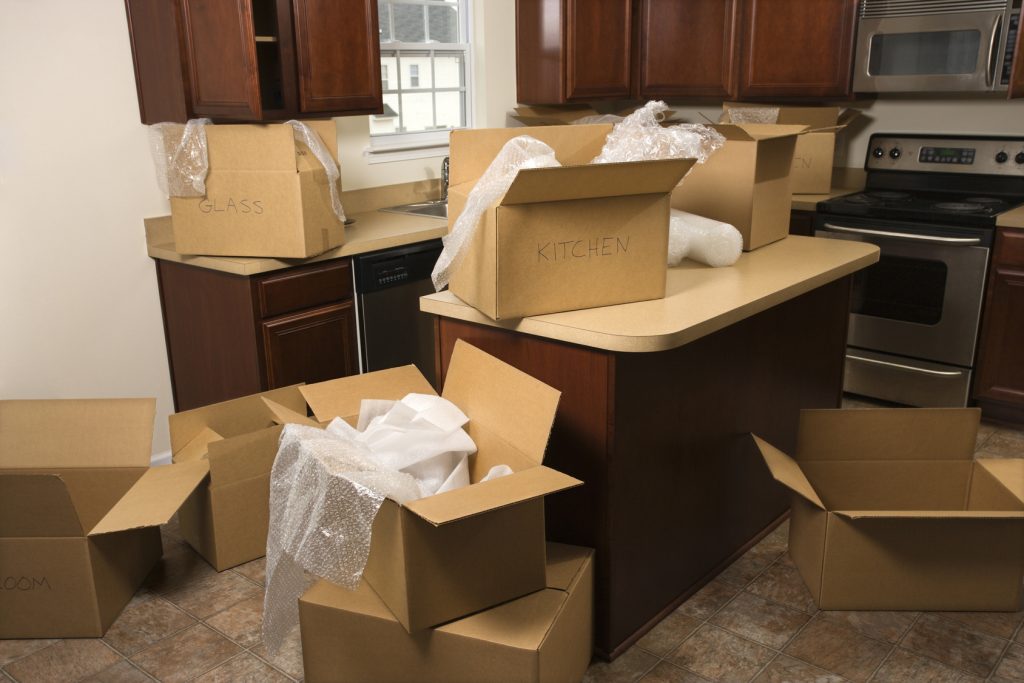The kitchen may not be the biggest room in your home, but it can be the most time-consuming when you start to pack for a move. The average kitchen can have as many as 30 cabinets, multiple drawers, and a series of small gadgets and appliances. Take a look at a few useful tips for streamlining your kitchen-packing process.
1. Trim your pantry and food supply.
The food supply is often a large bulk of what you need to pack in the kitchen. While keeping the more expensive staple foods is right, you can likely pare down the collection substantially just by weeding out:
- Canned goods you hardly use
- Shelf-stable items nearing the end of their shelf life you likely won’t get to use
- Foods your family doesn’t really like
Additionally, make it a point to try to use up anything you have already opened. Packing these items can be a mess. Try to work in what foods you have on hand into your meal plans up until moving day, and consider donating to a friend in need or select a moving company that works with Move for Hunger.
2. Designate an essentials box for must-haves in the new place.
On the day you arrive at the new house, you will probably need specific kitchen items right away. Your coffee maker, a cup for each family member, a pan to make your first breakfast/lunch/dinner, and a few plates and utensils are typical kitchen essentials.
3. Tackle the unused, unnecessary, and unattractive.
Kitchens tend to gain a wealth of extra items. Extra dinnerware, unused kitchen gadgets, mismatched decor, and even coffee mugs. When it comes to small everyday things like coffee mugs, Organizing by Marshall recommends considering:
How many people live in your home? And— How many mugs actually get used in a day?
Compare these numbers to how many pieces you have. Using coffee mugs as an example, if you only have four people in the house and one drinks daily coffee, but you have 20 mugs, it is safe to say you could scale down considerably. Apply these rules to most items amassed in your kitchen.
4. Sort your kitchen collections according to future placement.
We all have places in our kitchens where we prefer things to be. Perhaps you keep certain utensils near the stovetop, but keep others in a drawer where you would commonly mix ingredients. Instead of packing items according to what they are, pack items according to where you will eventually store them. For instance, label boxes with a designated drawer or cabinet number in the new house and pack items inside you know you want to place in those specific areas.
5. Pack wisely and efficiently to protect your kitchen collection.
Cardboard between plates, dish towels to cushion glasses, stemware placed in encapsulating memory foam—all of these are ideas you can use to protect the many breakables in your kitchen. If you have specific items in divider trays, such as silverware, leave those items in the tray, wrap the tray in plastic wrap, and tuck the full tray into a box.
On the Move
Packing the kitchen can be a huge undertaking. Make sure you have some professional movers there to help. Reach out to us to get a moving quo



